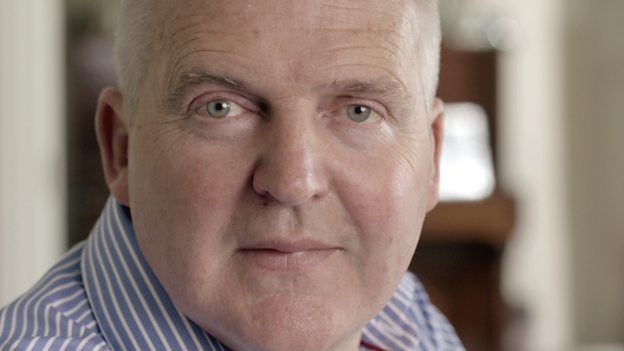How To Die: Simon's Choice, TV review: You didn't have to support his decision - but please don't judge him
Simon Binner created an incredibly sad yet important film of his assisted suicide, filmed in 2015, as the Assisted Dying Bill debate raged in the Commons

In this current age we feel compelled to share every aspect of our lives. We blog about diets, health, fitness. We tweet intimate details of our relationships and mental health conditions. Facebook is awash with pictures of unborn children and a new macabre trend for offering our condolences via social media has started to emerge. So it was only a matter of time before someone decided to go the whole hog and share their death via a BBC documentary.
That someone was 57-year-old Simon Binner, the subject of How to Die: Simon's Choice. But rather than just a crazed bid for attention, what Simon created was an incredibly sad yet important film as his "choice" was an assisted suicide.
Filmed in 2015, as the Assisted Dying Bill debate raged in the Commons, the documentary followed Simon after his diagnosis with motor neurone disease. He immediately made the decision that – when the time was right – he would end his own life, with the help of Dr Erika Preisig at her clinic in Basel, Switzerland.
Within nine months of diagnosis Simon had been stripped of his voice, his mobility, his dignity and what he described as his "manliness". The declining movement in his hands – which he used to type letters, texts and emails – was the last straw.
Simon's Choice was painful viewing. But after watching it, I couldn't help thinking that the 330 MPs who voted against the Assisted Dying Bill might have swayed the other way had they seen it too. The predominant argument against legalised euthanasia is that vulnerable people could be taken advantage of.
Simon's family and friends did not agree with his decision; they did not support him – if anyone was being forced into something against their will, it was not Simon but his wife, Debbie.
Her feelings only changed after a desperate Simon tried to hang himself at home. As one of Simon's many friends put it, for the first time they were all aware of Simon's biggest fear of "not being able to die".
The film stopped short of showing Simon's death. We saw him open the drip – as patients are legally required to do – and we saw his coffin carried out but the screen went blank in between.
You didn't have to agree with Simon's choice, you didn't even have to like him, but this film should be compulsory viewing because if there are people out there who are genuinely more terrified of not dying than they are of dying, then their voices should be heard.
If you have been affected by the programme and want to speak to someone confidentially, call the Samaritans on 116 123. They are available 24 hours a day, seven days a week on the free line. You can also visit their website.
Subscribe to Independent Premium to bookmark this article
Want to bookmark your favourite articles and stories to read or reference later? Start your Independent Premium subscription today.

Join our commenting forum
Join thought-provoking conversations, follow other Independent readers and see their replies